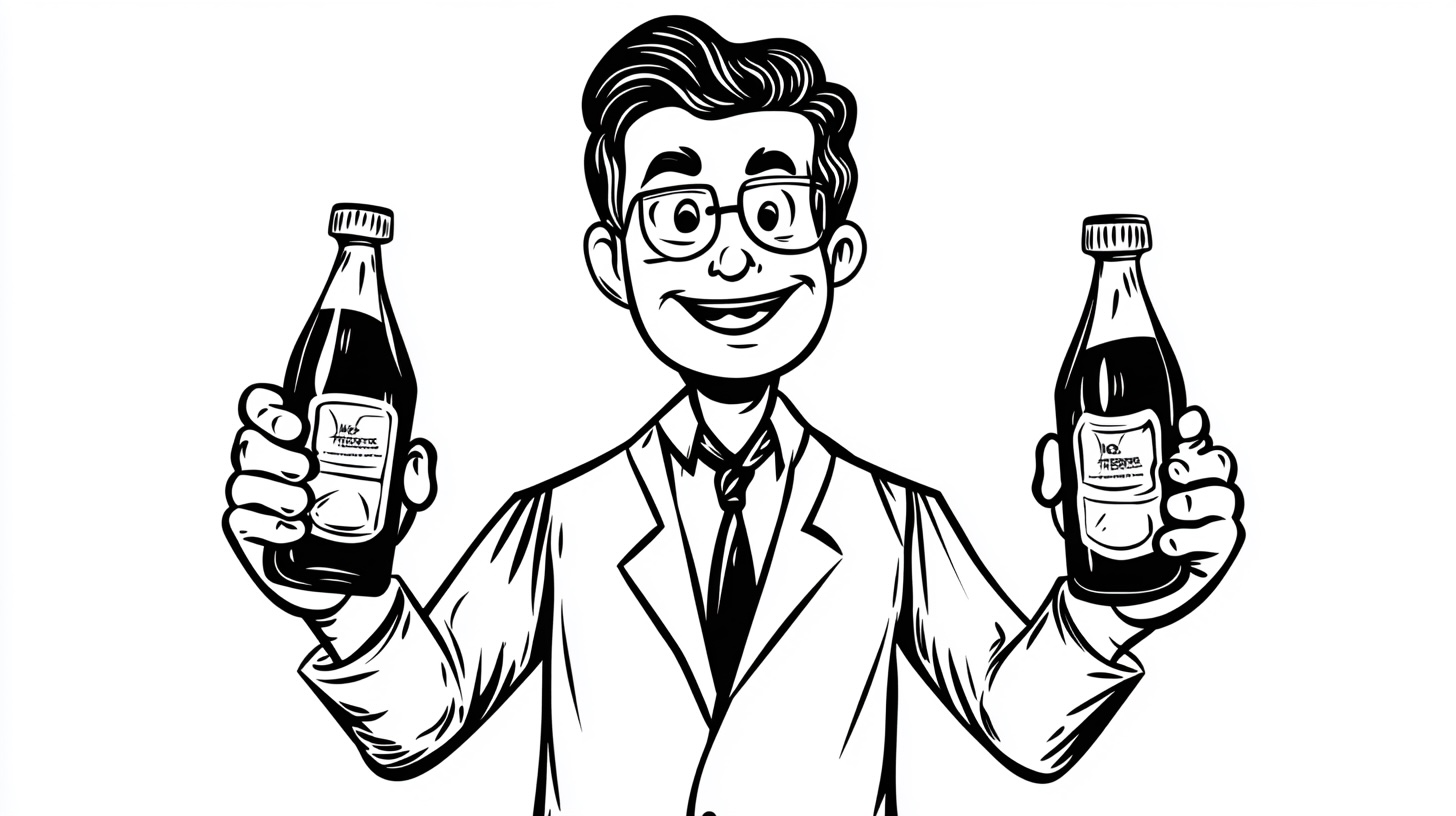Why do people fiercely defend their preference for Coke or Pepsi when, chemically speaking, the fizzy beverages are almost identical?
A study from the early 2000s, using brain scans, helps answer this question. The study, titled Neural Correlates of Behavioral Preference for Culturally Familiar Drinks, reveals that our choices aren’t just about taste.
It demonstrates how cultural messaging intertwines with content to shape our perceptions in a way powerful enough to modify our preferences.
This highlights how brands create powerful psychological associations that influence consumer choice beyond a product’s physical attributes and also establish meaningful differentiation in crowded, commodified markets.
The Study
The study used brain scans (fMRI) to examine how people responded to Coke and Pepsi under two conditions:
- Blind Taste Tests: Where participants sampled the drinks without knowing the brand.
- Brand-Cued Tests: Where brand information was disclosed to the participants.
The researchers wanted to understand whether people’s preferences were purely driven by taste or if branding had a measurable impact on their decisions. By monitoring brain activity, they discovered that brand fundamentally alters how the brain processes sensory experiences and product choice.
This study show us why branding matters and how a strong brand can shape perception beyond the product itself. In the sections below, we’ll dive into the results of the blind taste test, and the impact of branding on brain activity.
The Blind Taste Test: What Happens When Branding is Removed?
The researchers first conducted a blind taste test where participants sampled Coke and Pepsi without knowing which was which.
How the Blind Test Was Conducted
- Participants were given two unmarked cups, one containing Coke and the other Pepsi.
- They were asked to taste both drinks and choose the one they preferred.
- This process was repeated across multiple rounds to ensure consistency in their preferences.
- At the same time, researchers monitored brain activity using fMRI scans to see which areas of the brain were activated when participants made their choices.
What the Results Showed
- Preferences were nearly split: Participants showed no strong overall preference for one drink over the other.
- Brain scans revealed that when choosing based on taste alone, activity in the area of the brain is associated with pleasure, reward, and decision-making lit up with the preferred drink.
- No correlation between brand loyalty and taste preference: Some participants who claimed to prefer Coke or Pepsi in everyday life actually chose the opposite drink in the blind test, showing that stated preferences did not always align with taste-based choices.
Key Takeaway
Without branding, the actual taste of the product dictated preference, and the brain activity reflected this unbiased decision-making process. This means that when people make choices based on pure sensory experience, there is no universal winner between Coke and Pepsi. Preferences vary individually rather than being dictated by any inherent superiority in taste.
However, the results changed dramatically with the branded test. In the next section, we’ll explore how branding shifted preferences and even altered brain activity, favoring one brand over the other.
The Non-Blind Test: How Branding Changes Perception
After conducting the blind taste test, the researchers introduced branding cues to see how knowledge of the brand would impact consumer preferences. Unlike the blind test, where participants made their choices based purely on taste, this experiment tested whether seeing a brand name would influence preference.
How the Non-Blind Test Was Conducted
- Participants were given two cups, both containing the same drink—either Coke or Pepsi.
- One cup was labeled with the brand name (“Coke” or “Pepsi”), while the other was left unmarked.
- Participants were told that the unlabeled cup contained either Coke or Pepsi, but they did not know for sure.
- This was done separately for both Coke and Pepsi (i.e., in one round, both cups contained Coke; in another, both contained Pepsi).
- After tasting, participants were asked which cup they preferred.
What the Results Showed
- The “Coke” label significantly influenced preference. When the drink was Coke, participants were much more likely to choose the cup labeled “Coke” over the unmarked one.
- The “Pepsi” label did not have the same effect. When the drink was Pepsi, participants did not show a strong preference for the labeled cup over the unmarked one.
- Brain scans revealed a difference in how branding influenced perception. Seeing the Coca-Cola label triggered increased activity in brain regions associated with memory (hippocampus), decision-making (dorsolateral prefrontal cortex), and reward processing (midbrain).
- These effects were not seen with the Pepsi label, suggesting that Coca-Cola’s branding had a stronger influence on perception.
Key Takeaway
The study revealed that branding alters consumer perception at a neurological level. Even though the two cups contained the exact same drink, people were more likely to prefer the labeled Coke over the unlabeled one. This was not the case for Pepsi, indicating that Coca-Cola’s branding has built a stronger emotional and memory-driven connection with consumers.
This supports the idea that a well-established brand doesn’t just influence consumer choice—it actually changes how people experience a product. Branding can override sensory perception and create a stronger preference, even when there is no actual difference in the product itself.
